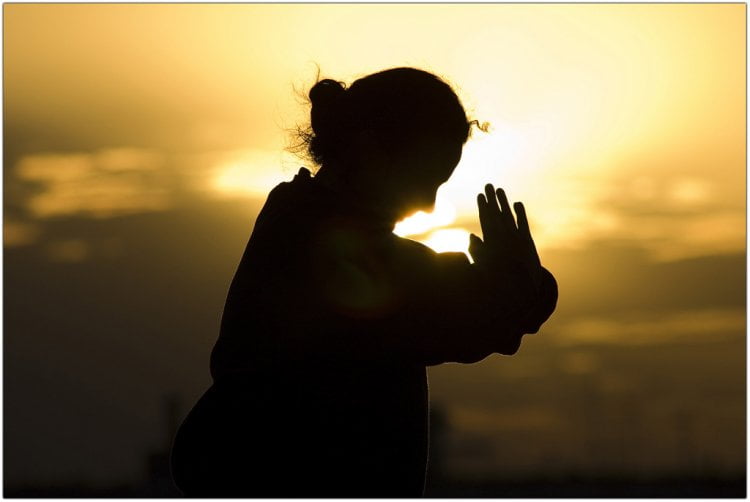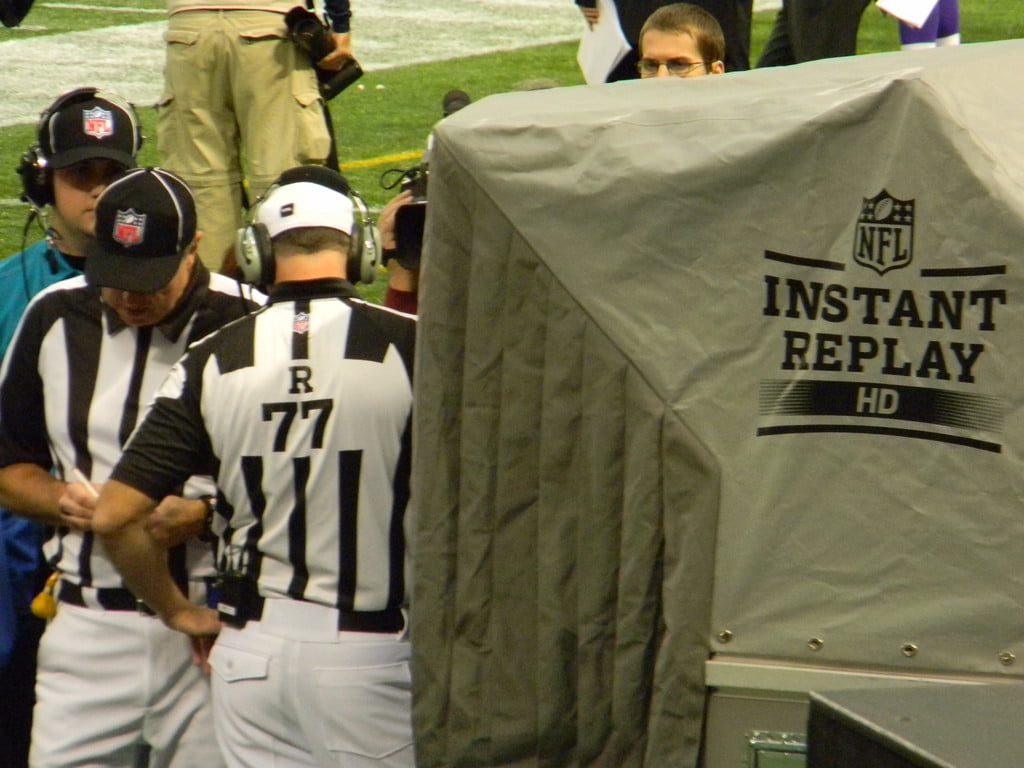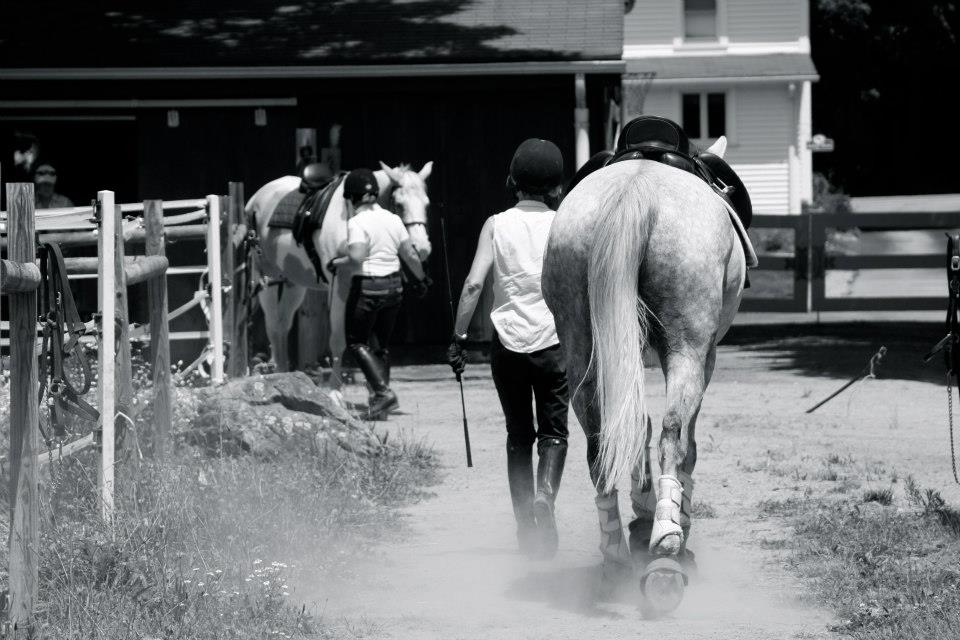(Read Part I and Part II here).
First I minimized my commute and based myself in RI. Eliminating the taxing journey back and forth to the Boston area gave me time to ground and center myself.

Then I started playing around with technology…
Just like everyone else, I tried everything.
As a teacher and an athlete, I knew what it needed to do.
- The rider and trainer needed to communicate bidirectionally.
- The trainer needed to see the horse and rider even better than if they were in the arena in person.
- The sound and the picture had to be completely in sync.
- And last but NOT least, there could be no perceptible delay.
In addition, I wanted my system to have an instant replay component – both real time and slow motion – making it possible for the trainer to “show” the rider what he/she was talking about.

This came from my experience with the videos … So often I thought it felt better than it looked! I would look at my video and be mortified. “Why didn’t I feel that?” I would think as I watched the film over and over.
But by the time I was watching, the muscle memory was already there. Now it was already a habit I had to break. And even when I improved with my trainer’s “eyes on the ground” I wouldn’t be able to replace the muscle memory without being seen consistently – either by my trainer or by me – WHILE I was still mounted.
With all that in mind, here is what I did:
- I put together a team of technical people and trainers with whom I spoke regularly.
- We tried different technologies and tested different live streaming options.
- We built prototypes and tried them in different settings and from different locations.
Fast forward to 2015. We now have a digital training tool that meets all my specifications! It is robust enough to be able to do even more as we continue to learn what is possible with digital training.
I’m excited to ride with it myself and to share it with you!
Lynne Bryan Phipps
